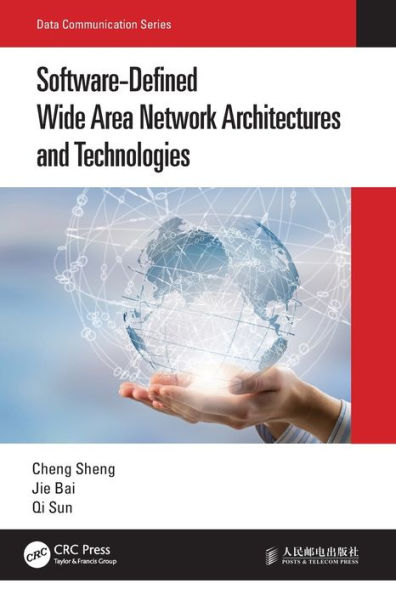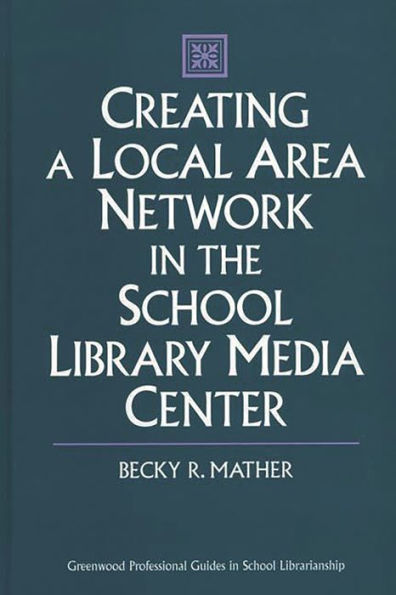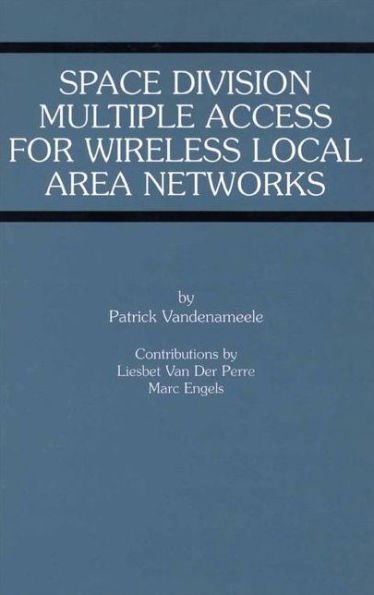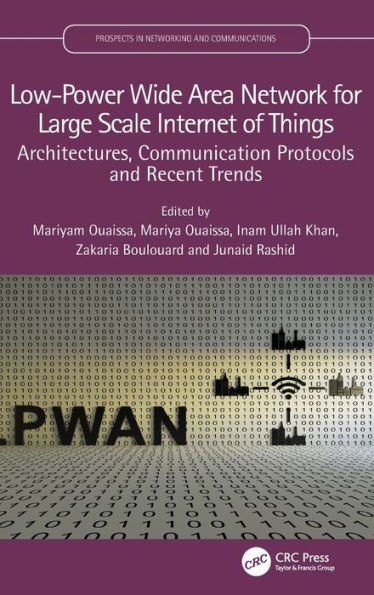Home
High-Capacity Local and Metropolitan Area Networks: Architecture and Performance Issues
Barnes and Noble
Loading Inventory...
High-Capacity Local and Metropolitan Area Networks: Architecture and Performance Issues in Franklin, TN
Current price: $109.99
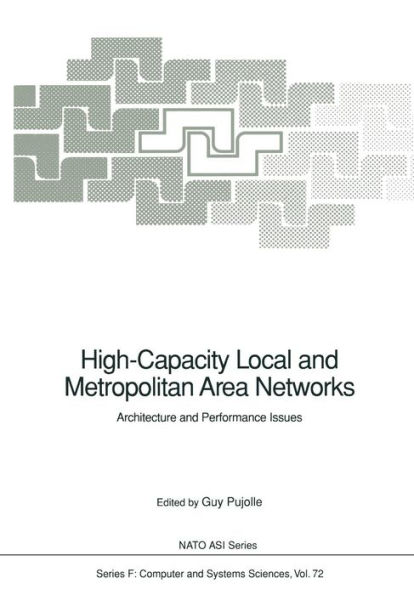
Barnes and Noble
High-Capacity Local and Metropolitan Area Networks: Architecture and Performance Issues in Franklin, TN
Current price: $109.99
Loading Inventory...
Size: OS
The main objective of this workshop was to review and discuss the state of the art and the latest advances· in the area of 1-10 Gbit/s throughput for local and metropolitan area networks. The first generation of local area networks had throughputs in the range 1-20 Mbit/s. Well-known examples of this first generation networks are the Ethernet and the Token Ring. The second generation of networks allowed throughputs in the range 100-200 Mbit/s. Representatives of this generation are the FDDI double ring and the DQDB (IEEE 802.6) networks. The third generation networks will have throughputs in the range 1-10 Gbit/s. The rapid development and deployment of fiber optics worldwide, as well as the projected emergence of a market for broadband services, have given rise to the development of broadband ISDN standards. Currently, the Asynchronous Transfer Mode (ATM) appears to be a viable solution to broadband networks. The possibility of all-optical networks in the future is being examined. This would allow the tapping of approximately 50 terahertz or so available in the lightwave range of the frequency spectrum. It is envisaged that using such a high-speed network it will be feasible to distribute high-quality video to the home, to carry out rapid retrieval of radiological and other scientific images, and to enable multi-media conferencing between various parties.
The main objective of this workshop was to review and discuss the state of the art and the latest advances· in the area of 1-10 Gbit/s throughput for local and metropolitan area networks. The first generation of local area networks had throughputs in the range 1-20 Mbit/s. Well-known examples of this first generation networks are the Ethernet and the Token Ring. The second generation of networks allowed throughputs in the range 100-200 Mbit/s. Representatives of this generation are the FDDI double ring and the DQDB (IEEE 802.6) networks. The third generation networks will have throughputs in the range 1-10 Gbit/s. The rapid development and deployment of fiber optics worldwide, as well as the projected emergence of a market for broadband services, have given rise to the development of broadband ISDN standards. Currently, the Asynchronous Transfer Mode (ATM) appears to be a viable solution to broadband networks. The possibility of all-optical networks in the future is being examined. This would allow the tapping of approximately 50 terahertz or so available in the lightwave range of the frequency spectrum. It is envisaged that using such a high-speed network it will be feasible to distribute high-quality video to the home, to carry out rapid retrieval of radiological and other scientific images, and to enable multi-media conferencing between various parties.


